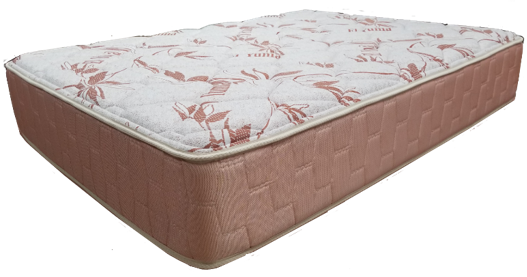When it comes to kitchen design in restaurants, the most important factor to consider is space utilization. A well-designed restaurant kitchen should make the most out of the available space, ensuring that all the necessary equipment and stations are easily accessible for the kitchen staff. This not only increases efficiency but also minimizes the risk of accidents and injuries in a busy kitchen.1. Efficient Space Utilization
The layout of a restaurant kitchen should be designed in a way that promotes a smooth and efficient workflow. This means that the different stations and equipment should be strategically placed to minimize any unnecessary movement or cross-traffic. A commercial kitchen that has a well-planned workflow will be able to handle high volumes of orders without causing chaos in the kitchen.2. Proper Workflow
In a busy restaurant kitchen, there are various tasks that need to be carried out simultaneously, such as food preparation, cooking, plating, and washing dishes. To ensure that each task can be done efficiently, it is important to have separate zones for each activity. This not only helps to keep the kitchen organized, but it also allows for multiple tasks to be done at once without causing any disruptions.3. Separate Zones for Different Tasks
The placement of equipment in a restaurant kitchen is crucial for its functionality. The kitchen design should take into consideration the size and type of equipment needed and ensure that they are placed in a way that maximizes their efficiency. For example, the stove and oven should be placed close to the prep area, while the dishwasher should be located near the plating station.4. Optimal Equipment Placement
A well-ventilated and well-lit kitchen is essential for the comfort and safety of the kitchen staff. The design should incorporate proper ventilation systems to eliminate any smoke or steam from cooking, and adequate lighting should be installed to ensure that the staff can properly see what they are doing. This not only creates a better working environment but also helps to maintain the quality of the food being prepared.5. Proper Ventilation and Lighting
A restaurant kitchen deals with a high volume of ingredients and supplies, which need to be stored properly to maintain freshness and prevent waste. The kitchen design should include efficient storage solutions, such as shelving, cabinets, and refrigeration units, that can accommodate the large quantities of items needed in a restaurant kitchen. This also helps to keep the kitchen organized and clutter-free.6. Efficient Storage Solutions
In a commercial kitchen, safety is of utmost importance. The design should take into consideration all the necessary safety regulations, such as fire codes, ventilation requirements, and electrical standards. This not only ensures the safety of the kitchen staff but also prevents any potential legal issues.7. Consideration for Safety Regulations
With a high volume of food being prepared and cooked in a restaurant kitchen, it is important to have surfaces that are easy to clean and maintain. The kitchen design should include materials that are durable and can withstand frequent cleaning and disinfecting. This not only helps to maintain cleanliness and food safety but also prolongs the lifespan of the kitchen surfaces.8. Easy to Clean Surfaces
A restaurant kitchen should be designed not just for the current needs of the business, but also with future growth in mind. This means leaving room for expansion, whether it be adding new equipment or increasing the number of staff. A well-planned commercial kitchen design will be able to adapt to the changing needs of the restaurant without requiring major renovations or disruptions to operations.9. Consideration for Future Growth
Last but not least, the kitchen design in a restaurant should reflect the brand identity and concept of the establishment. This can be achieved through the use of specific colors, materials, and design elements that are consistent with the overall theme of the restaurant. This not only creates a cohesive and visually appealing space but also helps to reinforce the restaurant's brand to customers.10. Incorporation of Brand Identity
The Importance of Kitchen Design in Restaurant

Creating a Functional and Aesthetic Space
 When it comes to running a successful restaurant, the kitchen design is a crucial element that should not be overlooked. The kitchen is the heart of any restaurant, where the magic happens and delicious meals are created. It is not only a place for food preparation but also a space that needs to be well-organized, functional, and visually appealing. In this article, we will explore the importance of kitchen design in restaurant and how it can impact the overall success of a dining establishment.
Functionality
is the key to a well-designed kitchen in a restaurant. A poorly designed kitchen can lead to chaos and inefficiency, resulting in longer wait times for customers and a decrease in productivity. On the other hand, a well-designed kitchen can streamline the cooking process, making it easier for chefs and kitchen staff to work together and produce high-quality dishes in a timely manner. This can ultimately lead to higher customer satisfaction and repeat business.
Moreover,
aesthetics and ambiance
play a significant role in a restaurant's success. The kitchen is not just a place for food preparation, but it is also a visible part of the dining experience. Customers can see into the kitchen, and a well-designed one can create a sense of trust and professionalism. It also adds to the overall ambiance of the restaurant, making it more inviting and appealing to customers.
When it comes to running a successful restaurant, the kitchen design is a crucial element that should not be overlooked. The kitchen is the heart of any restaurant, where the magic happens and delicious meals are created. It is not only a place for food preparation but also a space that needs to be well-organized, functional, and visually appealing. In this article, we will explore the importance of kitchen design in restaurant and how it can impact the overall success of a dining establishment.
Functionality
is the key to a well-designed kitchen in a restaurant. A poorly designed kitchen can lead to chaos and inefficiency, resulting in longer wait times for customers and a decrease in productivity. On the other hand, a well-designed kitchen can streamline the cooking process, making it easier for chefs and kitchen staff to work together and produce high-quality dishes in a timely manner. This can ultimately lead to higher customer satisfaction and repeat business.
Moreover,
aesthetics and ambiance
play a significant role in a restaurant's success. The kitchen is not just a place for food preparation, but it is also a visible part of the dining experience. Customers can see into the kitchen, and a well-designed one can create a sense of trust and professionalism. It also adds to the overall ambiance of the restaurant, making it more inviting and appealing to customers.
Incorporating Safety and Hygiene
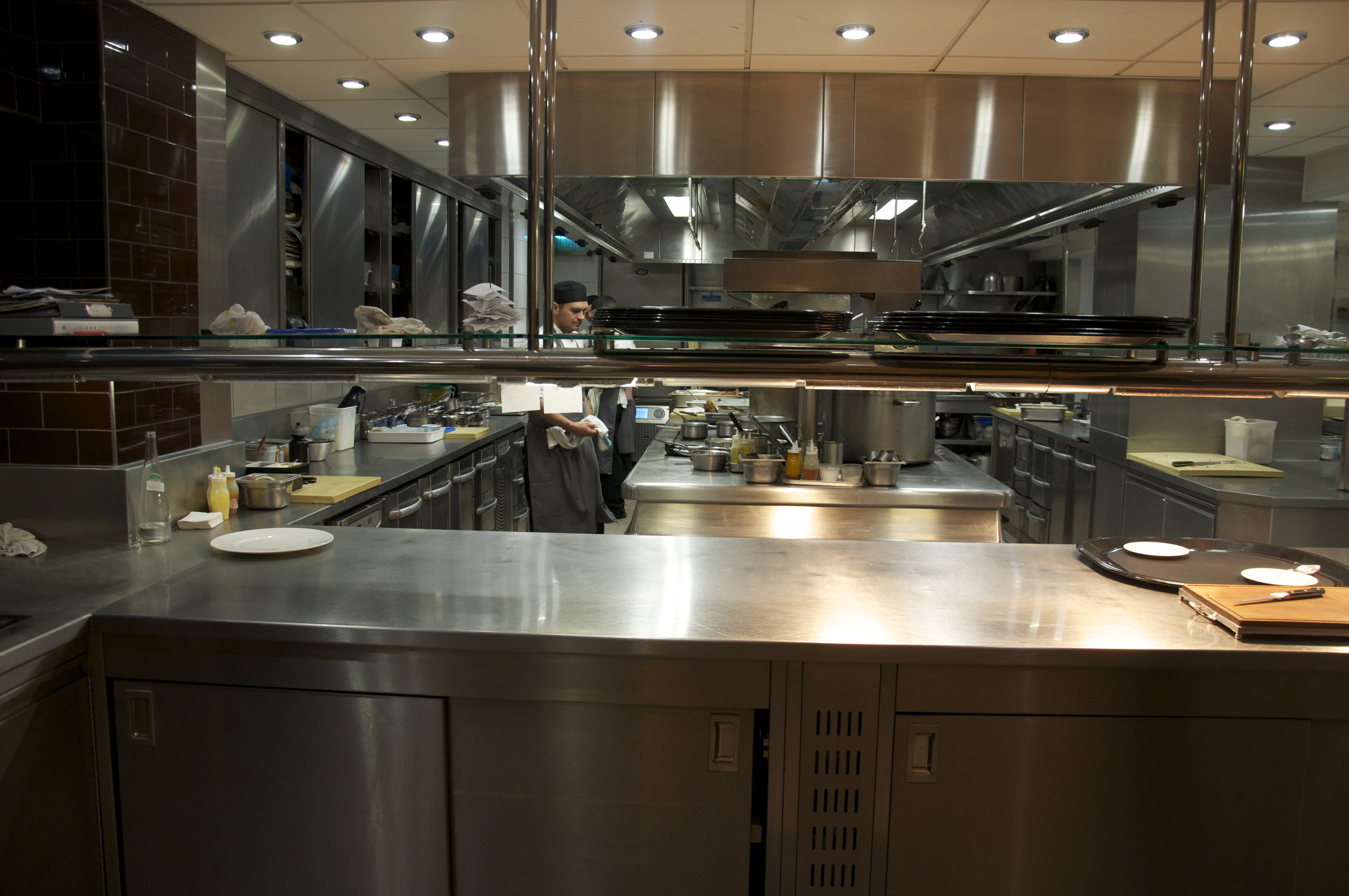 In addition to functionality and aesthetics, a well-designed kitchen should also prioritize
safety and hygiene
. The food industry is heavily regulated, and restaurants must adhere to strict health and safety standards. A well-designed kitchen should have proper ventilation, storage, and cleaning systems in place to maintain a clean and safe environment for food preparation. This not only ensures the safety of the customers but also the well-being of the kitchen staff.
Another important aspect to consider in kitchen design is
ergonomics
. Kitchen staff often have to work long hours in a fast-paced and physically demanding environment. A well-designed kitchen should take into account the comfort and well-being of the staff, such as providing proper lighting, adequate space to move around, and ergonomic equipment.
In addition to functionality and aesthetics, a well-designed kitchen should also prioritize
safety and hygiene
. The food industry is heavily regulated, and restaurants must adhere to strict health and safety standards. A well-designed kitchen should have proper ventilation, storage, and cleaning systems in place to maintain a clean and safe environment for food preparation. This not only ensures the safety of the customers but also the well-being of the kitchen staff.
Another important aspect to consider in kitchen design is
ergonomics
. Kitchen staff often have to work long hours in a fast-paced and physically demanding environment. A well-designed kitchen should take into account the comfort and well-being of the staff, such as providing proper lighting, adequate space to move around, and ergonomic equipment.
Final Thoughts
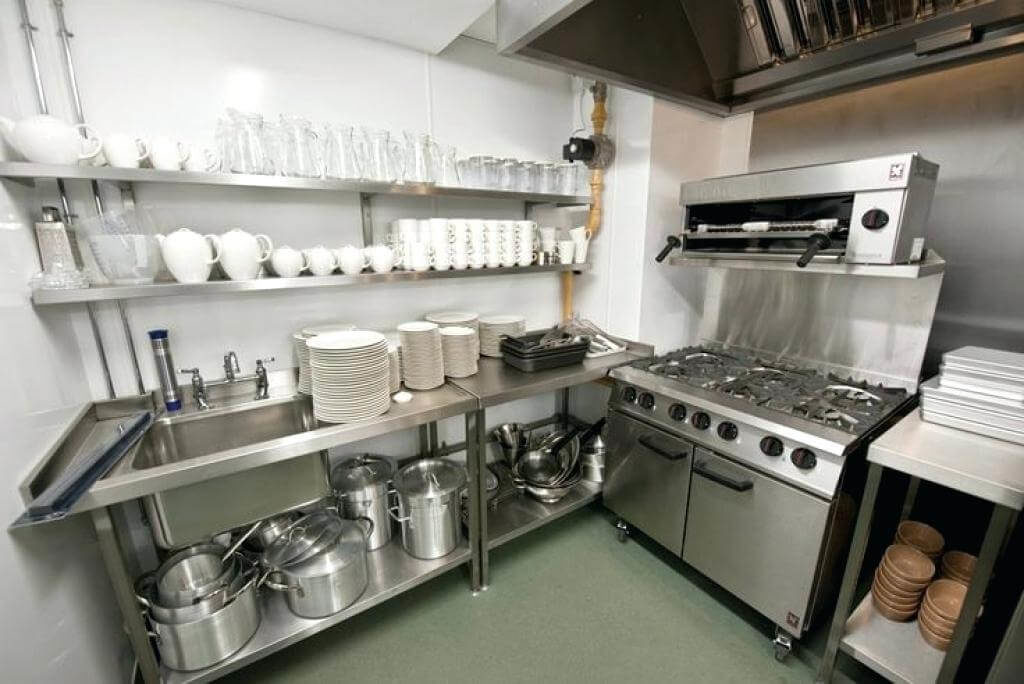 In conclusion, the kitchen design in a restaurant is a crucial element that cannot be overlooked. It affects not only the functionality and efficiency of the kitchen but also the overall dining experience for customers. It is important to prioritize functionality, aesthetics, safety, hygiene, and ergonomics when designing a restaurant kitchen to ensure its success. A well-designed kitchen can lead to higher customer satisfaction, increased productivity, and ultimately, the success of the restaurant.
In conclusion, the kitchen design in a restaurant is a crucial element that cannot be overlooked. It affects not only the functionality and efficiency of the kitchen but also the overall dining experience for customers. It is important to prioritize functionality, aesthetics, safety, hygiene, and ergonomics when designing a restaurant kitchen to ensure its success. A well-designed kitchen can lead to higher customer satisfaction, increased productivity, and ultimately, the success of the restaurant.
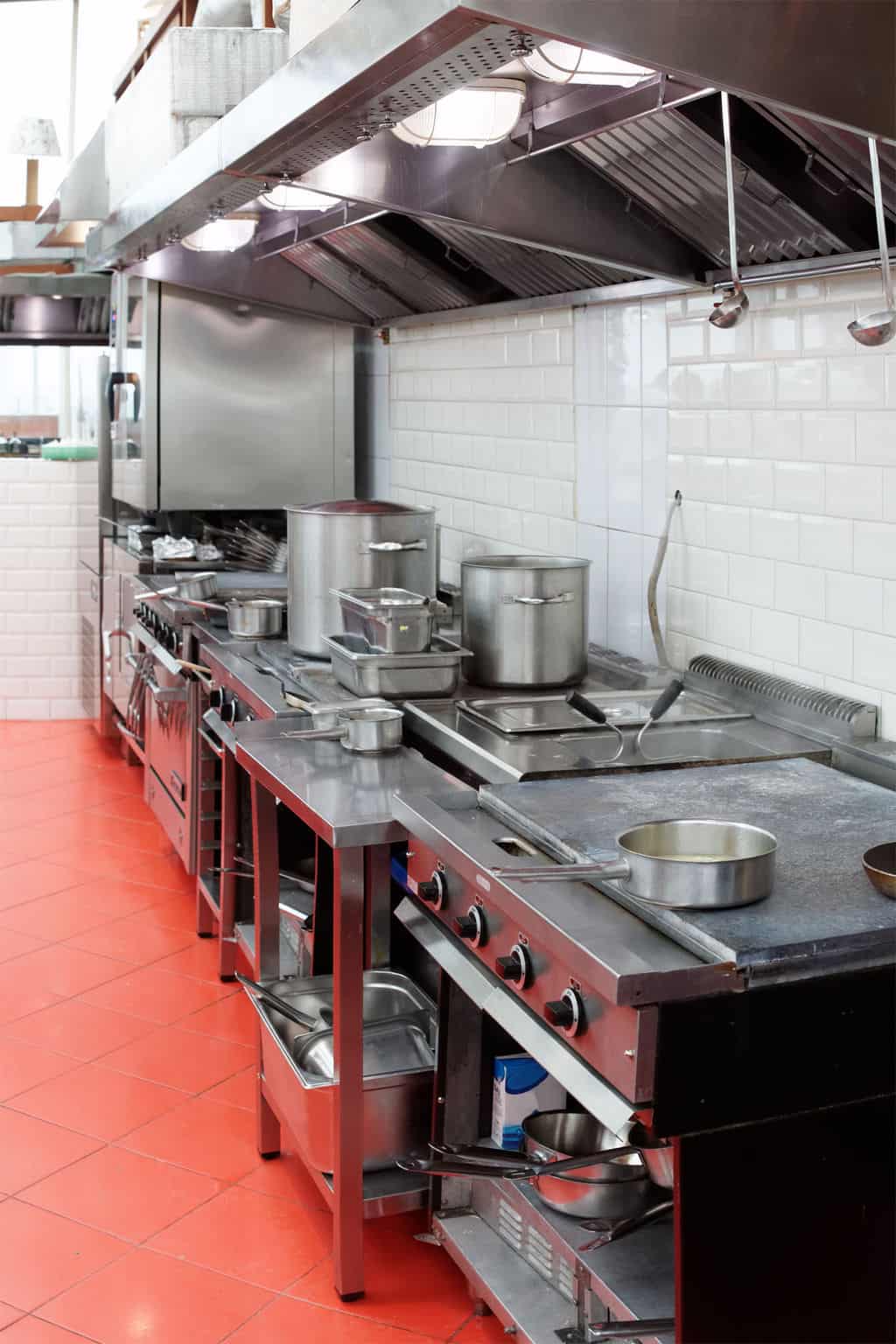




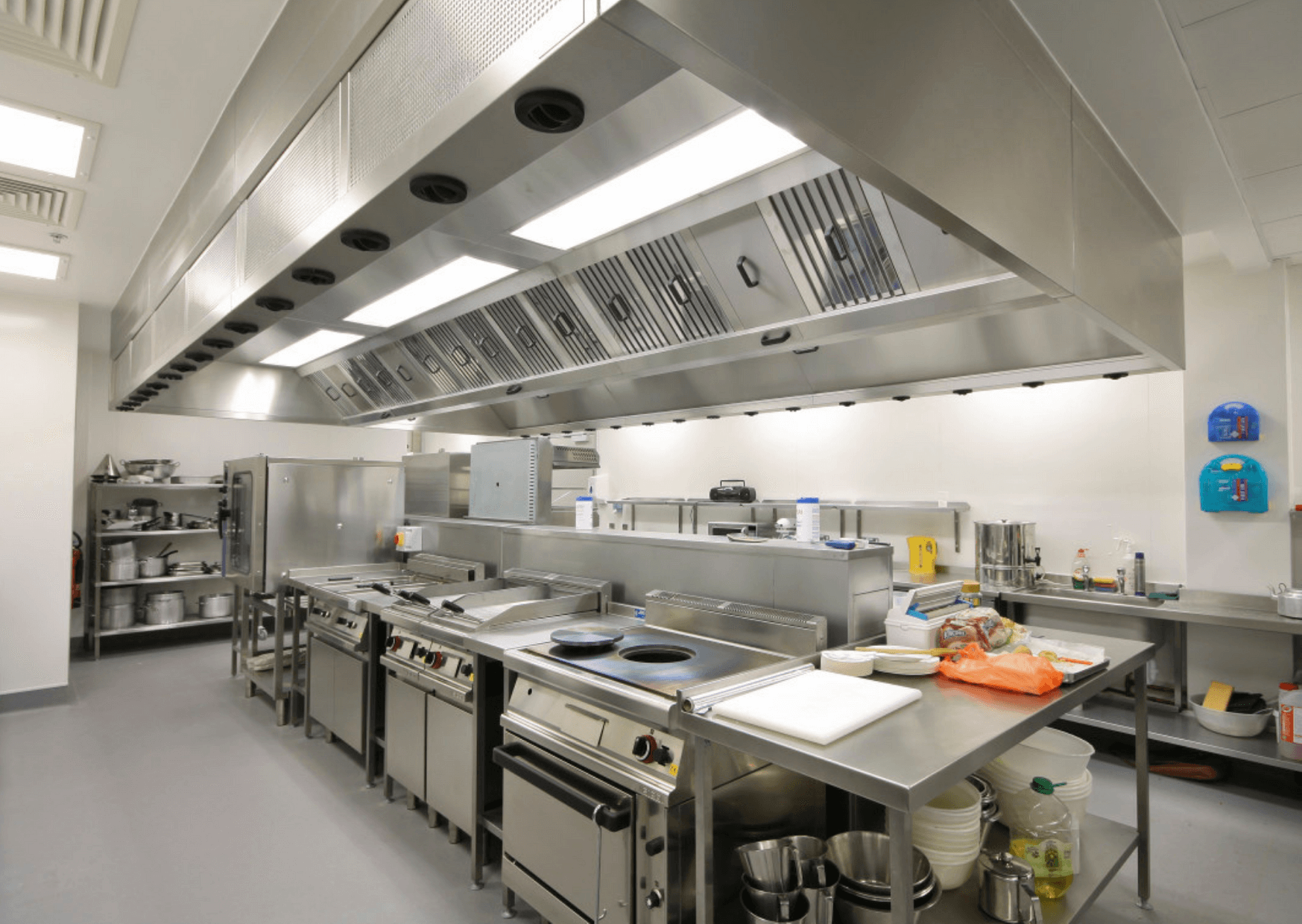
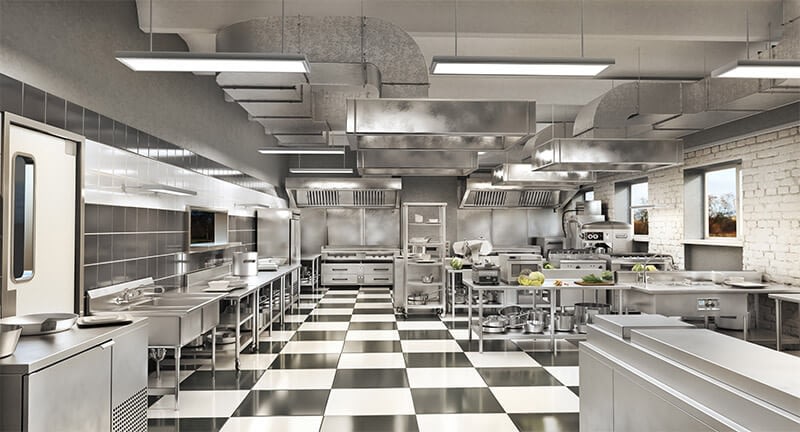


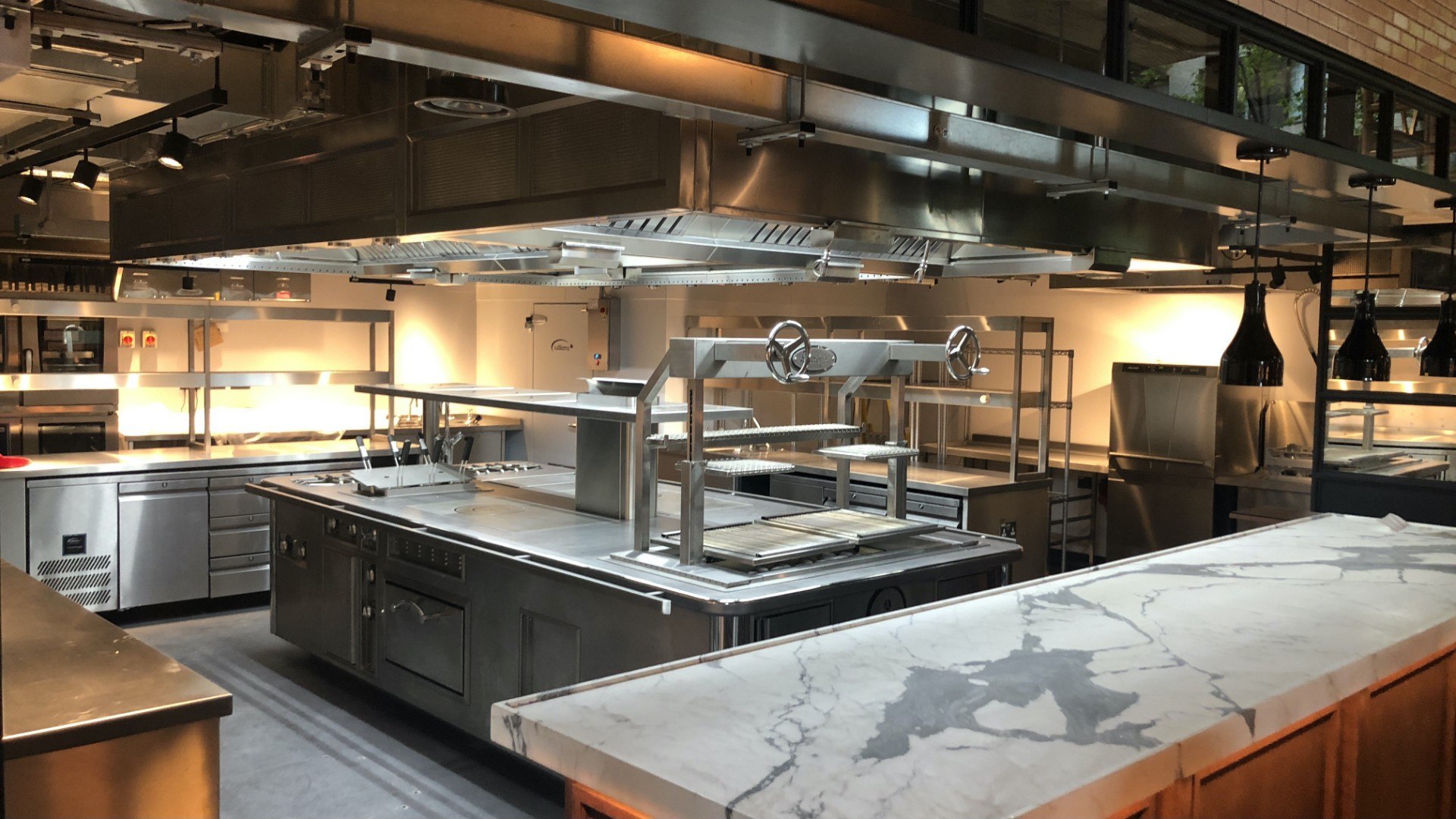








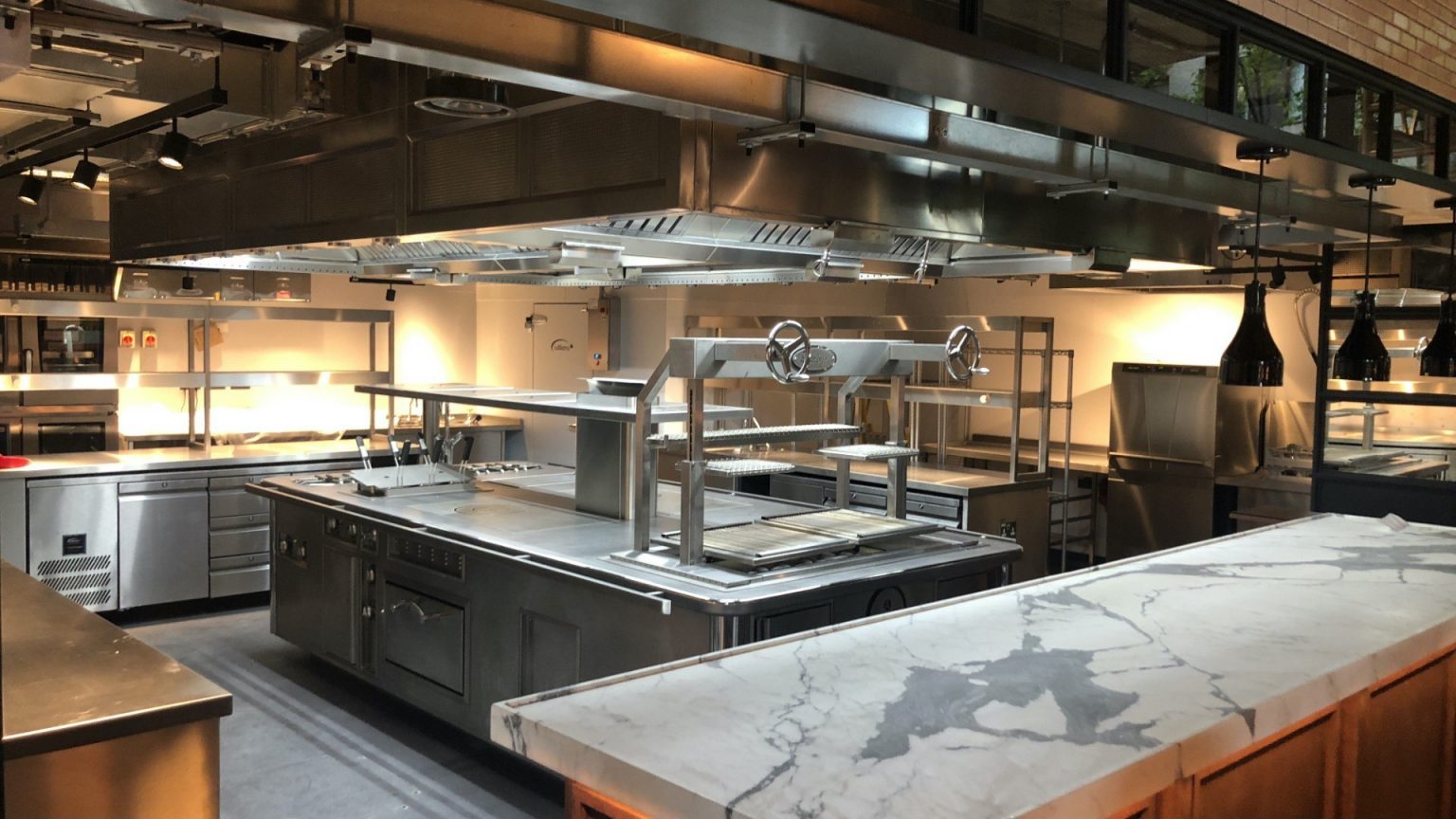










.png)

